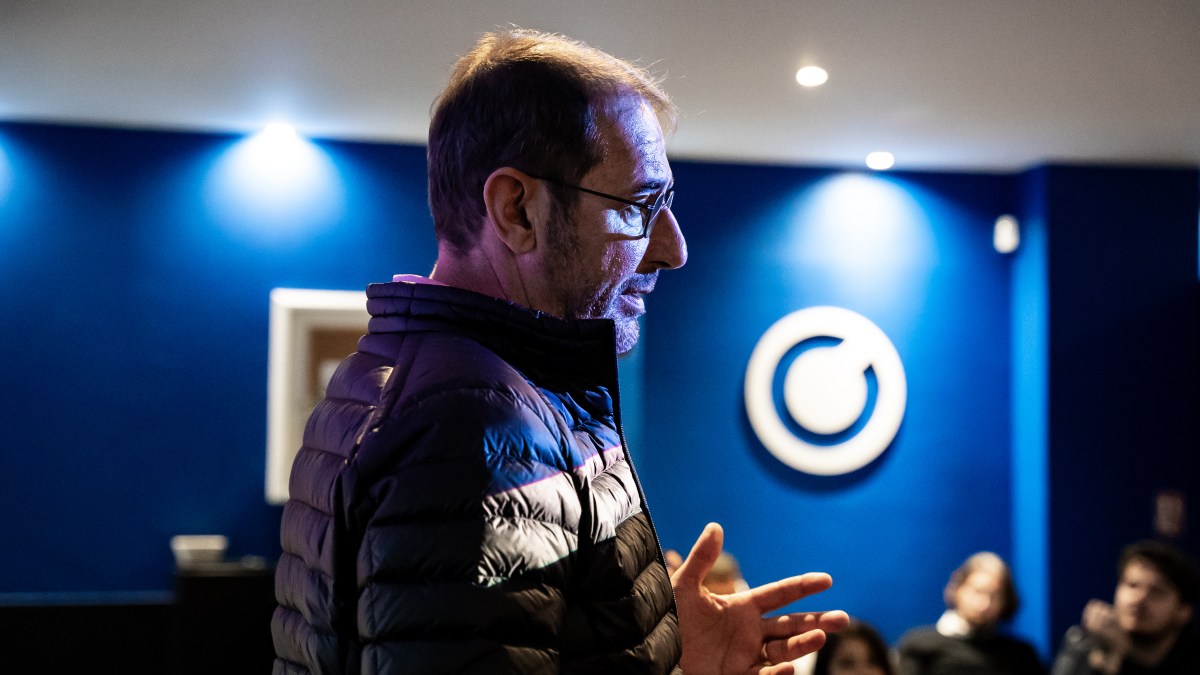The world will need dozens of breakthrough climate technologies in the next decade
We’re living in a pivotal decade. By 2030, global emissions must fall by half, mostly through massive deployment of commercial solutions such as wind turbines, solar panels, and electric vehicles. But emerging climate technologies must come to market during this decade too, even if they don’t make much of a dent in emissions right away. The International Energy Agency forecasts that roughly half the reductions needed to cut emissions to nearly zero by 2050 must come from technologies that are not ready for the market today because they’re too expensive to manufacture, haven’t been tested at scale, or both.
Only a handful of clean technologies, such as silicon solar panels, onshore wind turbines, light- emitting diodes (LEDs), and lithium-ion batteries, have graduated from scientific laboratories to mass deployment. And it took decades for them to reach a scale where they could significantly reduce global emissions. Those timelines must be compressed for the world to have a chance of limiting global warming to 1.5 °C above preindustrial levels, which world leaders agreed at last year’s Glasgow Climate Conference would offer the best chance of avoiding catastrophic effects.
Clean energy technologies in the electric power, transportation, industry, and building sectors will drive this change, because the use of fossil fuels in these areas causes three-quarters of global greenhouse-gas emissions. We’ll also need technologies to slash emissions from agriculture and deforestation and to remove carbon dioxide from the atmosphere and store it. Most of these technologies, however, come with what Bill Gates refers to as a high “green premium”—a measurement of the difference in cost between a clean option and a carbon- intensive one. In other words, clean energy technologies often cost more to use.
A 2021 study by Vivid Economics suggests that in a scenario with limited public and private funding for research, development, and commercialization of new technologies, the green premium for several critical technologies would remain too high by the end of this decade. By speeding innovation in this period, on the other hand, we could reduce the annual costs of the transition to net-zero emissions $2.5 trillion per year by 2050. And a cheaper transition is a more palatable one for countries around the world.
So how do you speed innovation? One way is by promising future customer demand. This gives innovators and investors an incentive to scale up unproven technologies and find ways to rapidly cut costs in the process. The First Movers Coalition, launched by President Joe Biden and John Kerry, the US special presidential envoy for climate (and my boss), along with the World Economic Forum, includes over 50 of the world’s largest companies, which have all made commitments to purchase emerging climate technologies by 2030. These include clean fuels to decarbonize shipping and aviation, decarbonized steel and aluminum, zero-emissions trucks, and advanced technologies to suck carbon out of the atmosphere.
Such “advance market commitments” have enabled cutting-edge technologies to swiftly reach commercial markets in other fields, from vaccine development to commercial spaceflight. The same approach could shrink the timeline to scaling up emerging clean technologies and driving down their cost premiums over more carbon-intensive technologies.
On top of swelling demand for clean technologies, investments in their supply are growing. President Biden’s Bipartisan Infrastructure Law is investing more than $20 billion in clean- technology demonstration projects, and private venture capital investment set a record in 2021 by topping $40 billion for climate-technology startups.
Yet the first half of 2022 has seen the broad technology sector tumble in market value, and venture capital investment across sectors has slowed. The chilly market climate may affect clean-technology companies in the short term, but investment in the sector still appears more sustainable than the “Clean-tech 1.0” bubble a decade ago, when venture capitalists invested $25 billion from 2006 to 2011 but lost half their money when the dust settled.
In addition to supportive government policies around the world, entrepreneurs today have access to a richer innovation ecosystem. Among the winners on this year’s Innovators Under 35 list are some who have incubated their technologies at US national laboratories, secured investment and collaboration from major energy and automotive companies, and made it into the portfolios of so-called “patient capital” investors such as Breakthrough Energy. Particularly for innovators in the United States, this diverse set of capital sources can help a company traverse the so-called “valley of death” and bring a technology from prototype to commercial scale.
Aside from saving the planet, there are serious rewards that await climate innovators. Larry Fink, CEO of BlackRock, the world’s largest asset manager with $10 trillion under management, has called decarbonizing the economy the “greatest investment opportunity of our lifetime” and predicted that the next thousand “unicorns” will be “startups that help the world decarbonize and make the energy transition affordable for all consumers.”
Those named to this year’s list are seizing this opportunity. Their success is something we can all get behind.
Varun Sivaram is the senior director for clean energy and innovation for US special presidential envoy for climate John Kerry (and a 35 Innovators winner in 2021 and a judge this year). The views expressed in this article are the author’s and do not necessarily represent official US government policy.



